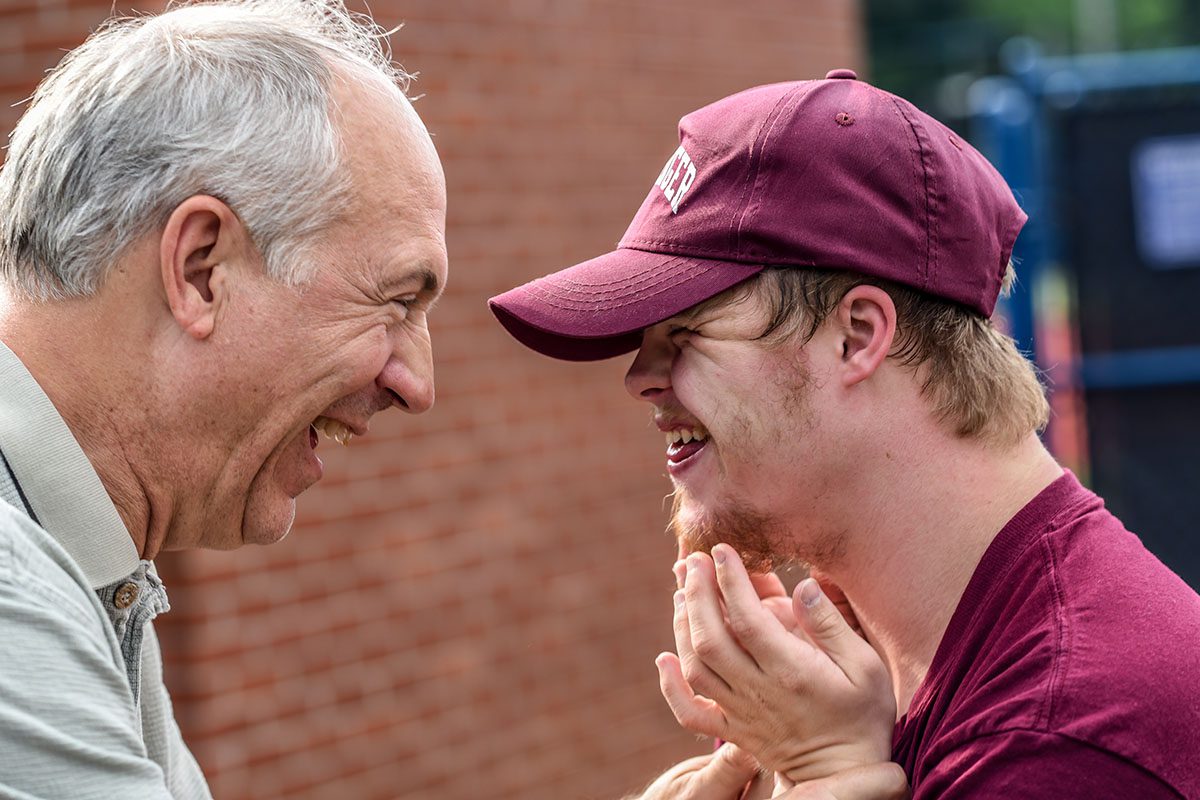Ethnic Child Care, Family and Community Services
Guardian for migrants

In 1954, nine-year-old Vivi Germanos-Koutsounadis and her family arrived in Sydney from Greece. “It was a very traumatic experience. I was the only migrant child in my school. My mum and dad came to Australia to get us a better education, but I couldn’t understand the language so I was put in the lowest classes.” Even so, she says, “I value those experiences. They made me more caring. Afterwards, more migrant girls came and I was their guardian.”
Vivi has acted as the guardian for recent and troubled migrants ever since, and is now executive director of Sydney’s Ethnic Child Care, Family and Community Services Co-operative (ECCFCSC).
She helped form the co-operative in 1978, in response to the childcare needs of non-English-speaking migrants. For many members of these communities, private childcare centres were too costly and not culturally or linguistically suitable, so their children were often left at home alone, or in private homes with untrained carers. Finally, government funding was provided to seven ethnic communities for dedicated childcare services, and the ECCFCSC acted as their co-operative umbrella group.
“The centres needed bilingual people to help them with cultural competence,” Vivi remembers. “So we trained migrant women to work with the staff. They were Chinese, Indian, Arabic-speaking, and many of them had professional qualifications, but they were working as cleaners. We gave them the opportunity to fulfil their dreams.”
These bilingual advisers worked with newly arrived children and explained their religious and cultural practices to childcare staff. “One little boy kept crying and he wouldn’t speak, so the staff were very worried. One of our workers spoke Arabic to him and he spoke back for the first time.”
From its first years, the ECCFCSC was one of the groups helping to build the Addison Road Centre, a former army barracks that became Australia’s largest not-for-profit community centre, housing dozens of ethnic and arts, cultural, community and environmental groups. “I was president of the centre,” says Vivi, “and we still work from there.” She has not forgotten the help her group received from Vivien Abrahams, a solicitor, and Helen McCall, a financial administrator who later headed the Co-operative Federation of NSW.
“They had such passion for the co-operative movement.”
ECCFCSC membership has increased to more than 50 non-profit community organisations and now works not only in childcare, but also with the disabled and aged members of ethnic communities. “Some elderly Bangladeshi people could no longer cook for themselves, but they didn’t like the Meals on Wheels. So we brought them to a Bangladeshi community centre where the meals were specially prepared for them. They loved them, and when they were asked if they wanted the same food delivered to their homes, of course they were delighted.”
To Vivi, a co-operative is the natural structure for a group like ECCFCSC. “That’s what we do – co-operation. People here are sharing and learning from each other – they have similar issues. I think a co-operative can bring people a lot closer together.”
This case study was first published in the International Year of Co-operatives Australia 2012 book – Building a Better Australia: 50+ stories of co-operation.
Related case studies
Discover how co-ops and mutuals are making a big impact in Australia’s health, community and social services sector, successfully delivering high-quality services and support to those who need it most.Are you working on a community-led care solution where you live?




